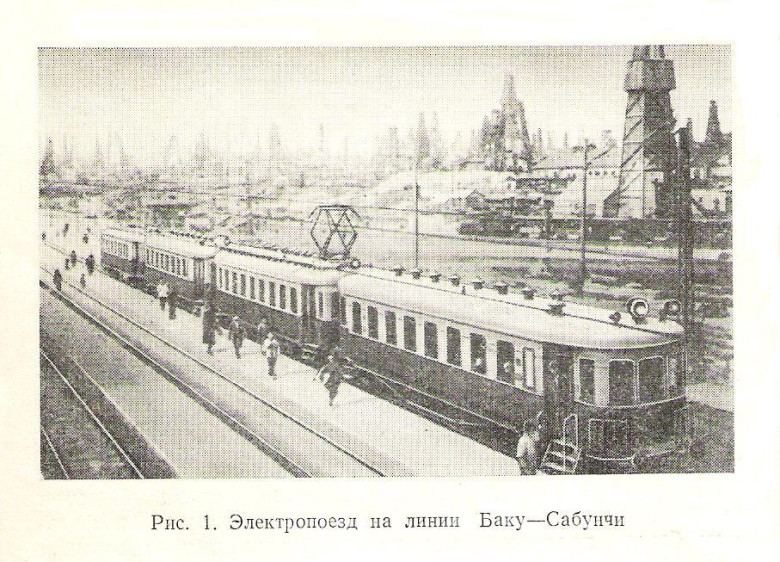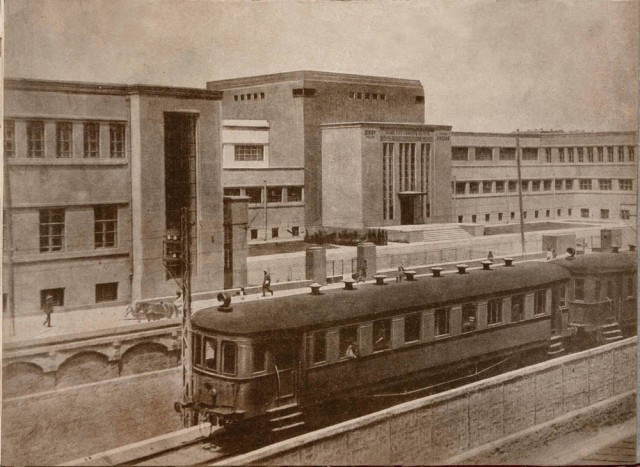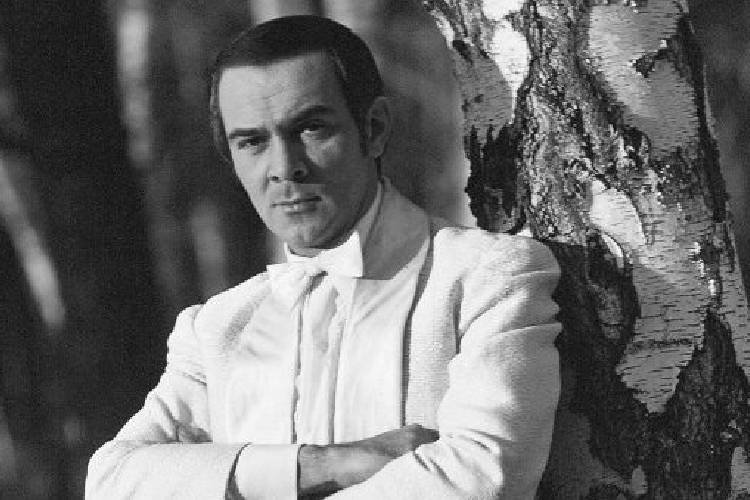The First Electric Train in the USSR Started in Baku: A Forgotten Milestone in Soviet Transport History

🚆 When people talk about the great inventions and infrastructure achievements of the 20th century, few recall that the first electric train in the USSR was launched in Baku, Azerbaijan. This southern city, surrounded by oil fields and the Caspian Sea, was not only an energy hub, but also a pioneer in suburban railway transport.
It All Started with Oil and an Industrial Boom 🛢️🏗️
At the start of the 20th century, Baku emerged as the region's energy hub, supplying nearly 70% of the oil for the Russian Empire and, later, the Soviet Union. The city’s rapid industrial development and the influx of workers, engineers, and students created a strong need for a reliable and fast public transportation system — especially between residential areas and industrial oil zones.
Railway History of Baku Before the Revolution 🚂
Baku’s railway story began back in 1880, when the Baku – Sabunchu – Surakhany line was opened — one of the first railway routes in the Caucasus. It spanned 18.5 km, with trains traveling at just 16 km/h. Though slow, it was heavily used for transporting oil, freight, and passengers.
By the early 1920s, the system was outdated. Carriages were overcrowded, locomotives worn out, and the schedule could no longer meet the needs of the growing population.
The First Electric Train in the USSR — Launched in Baku ⚡
The Baku City Council became the first authority in the USSR to set an official goal: electrify its railway system. In 1924, a bold decision was made to build an electric suburban railway connecting industrial areas with the city center.
The project was handed to the Mytishchi Machine-Building Plant, well-known for its experience with electric trams. The trains were equipped with cutting-edge technology from the time:
Electrical systems: Dynamo Plant (USSR) & Austrian firm Elin
Brakes: German company Knorr-Bremse
Power supply: 1200 V direct current via overhead lines

Historic Launch — May 13, 1926 🎉
The first electric train in the USSR officially began service on May 13, 1926, running between Baku and Sabunchu. The train consisted of 14 motorized four-axle carriages and was affectionately nicknamed the “centipede” by locals. Its speed of 28.5 km/h was nearly double that of steam locomotives on the same line.
The event was a sensation across the Soviet Union — newspapers called it “a new era of transport” and “a victory of electricity over coal.” Even foreign engineers came to witness Baku’s technical marvel.
Why Baku Was Chosen First 🏆
Several factors made Baku the ideal testing ground:
High passenger demand between suburbs and industrial areas
Reliable electric supply from nearby oil-powered plants
A progressive city administration willing to embrace innovation
The Electric Train Legacy in the USSR 📈
The successful experience in Baku paved the way for similar projects in other major Soviet cities. By the early 1930s, electrified rail lines were operating in Moscow, Leningrad, and Kharkiv. Still, Baku holds the historical title as the birthplace of electric trains in the Soviet Union.
Fun Fact: Vintage photos show Baku trains decorated with slogans like “Electricity to the People!” and “Baku — City of Progress!”
Modern-Day Electric Trains in Azerbaijan 🚉
Azerbaijan continues to honor its railway legacy while investing in modern rail infrastructure. Current suburban routes include:
Baku – Sumgayit
Balajari – Khachmaz
Baku – Zabrat
Since 2015, new Estonian-made electric trains have been running on these lines. In 2016, double-decker trains from Belarus were introduced, offering higher capacity and comfort.
A Journey Through Time 🌍
The story of the first electric train in the USSR is not just about technology — it’s a tale of progress, ambition, and vision. Riding these same tracks today, one can still feel the echoes of 1926 and the pride of Baku’s contribution to Soviet rail history.
So, if you're exploring Azerbaijan, don’t miss the chance to ride these historic routes. It’s not just transportation — it’s living history!







.jpg)




Comments
No comments yet.
Leave a Comment